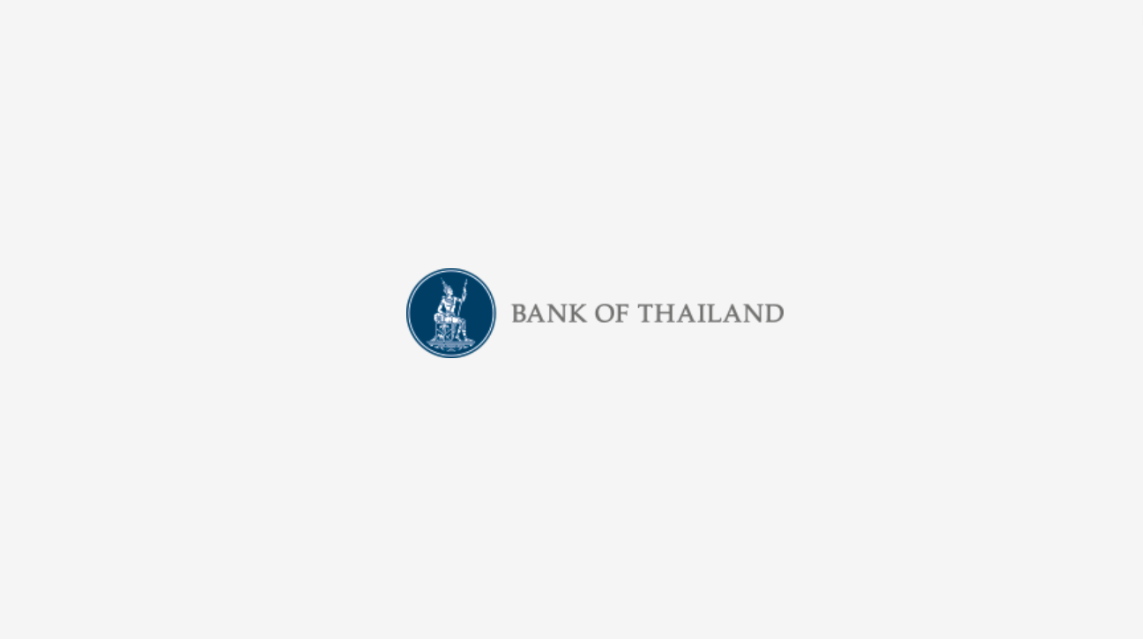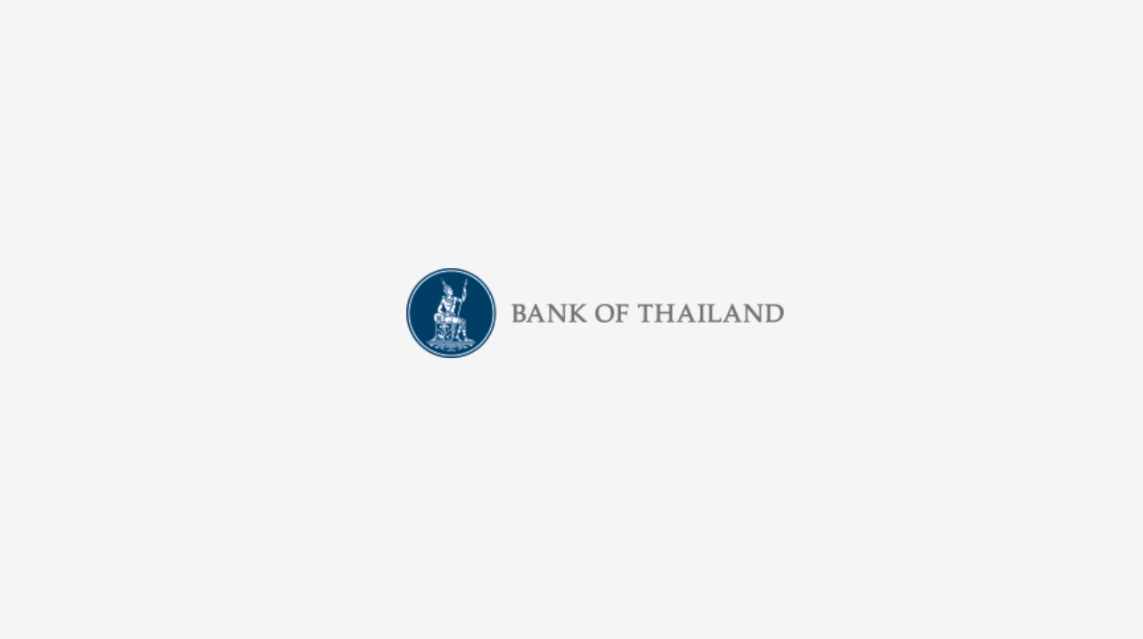Monetary Policy Committee’s Decision 2/2023
The Committee voted unanimously to raise the policy rate by 0.25 percentage point from 1.50 to 1.75 percent, effective immediately.
The Thai economy should continue to expand, driven mainly by tourism and private consumption. Exports of goods are recovering and expected to gain strength in the second half of this year. However, the global economic uncertainty has increased, in part from persistent inflationary pressures and episodes of banking stresses in advanced economies. Headline inflation would likely return to the target range in the middle of the year, but core inflation remains elevated with upside risks from higher cost pass-through and demand pressures. The Committee deems a continuation of gradual policy normalization to be appropriate in light of the growth and inflation outlook, and voted to raise the policy rate by 0.25 percentage point at this meeting.
The Committee projects the economic growth to be 3.6 and 3.8 percent in 2023 and 2024, respectively. A key impetus is the broad-based recovery in tourism, which should promote employment and labor income, in turn sustaining private consumption. Meanwhile, merchandise exports show signs of rebounding after contracting at the end of last year, and should gather momentum in the second half of this year. However, persistently high inflation and banking stresses in some advanced economies pose risks to the global economic outlook.
Headline inflation would likely return to the target range by mid-2023, and is projected to decline to 2.9 and 2.4 percent in 2023 and 2024, respectively. Easing supply-side pressures, notably from electricity and oil prices, are key contributing factors. Core inflation is projected to fall to 2.4 and 2.0 percent in 2023 and 2024, respectively. However, persistently high inflation remains a risk, as producers could pass on higher costs absorbed in the past and demand-side pressures could pick up as the recovery gains traction. The Committee will continue to closely monitor price developments.
The overall financial system remains resilient. Recent banking stresses in some advanced economies have not had a significant impact on the Thai financial system, as Thai financial institutions and corporations have limited linkages with the troubled banks and risky assets. Moreover, financial institutions maintain high levels of capital and loan loss provision. However, as the situation remains fluid and uncertain, there is a need to closely monitor the developments and continuously assess potential impact on Thailand’s financial stability. As for households and businesses, the ongoing economic recovery has improved debt serviceability. Financial fragilities nonetheless remain for some SMEs and certain households exposed to rising living costs and higher debt burden. The Committee agrees that financial institutions should continue to press ahead with debt restructuring and deems it important to have in place targeted measures and sustainable debt resolution for vulnerable groups.
Overall financial conditions remain accommodative, tightening somewhat from higher private sector funding costs consistent with the policy interest rate. On balance, financial conditions are supportive of the ongoing recovery and mobilization of funds by the private sector. The baht continues to fluctuate against the US dollar, driven by the Federal Reserve’s uncertain policy outlook and financial market volatility induced by banking stresses in advanced economies. The Committee is closely monitoring developments in the financial market and any impact on the domestic financial market including the exchange rate.
Under the prevailing monetary policy framework, the Committee seeks to maintain price stability, support sustainable growth in line with potential, and preserve financial stability. In view of these objectives, the Committee judges the broad contour of economic recovery to be on track with some upside risks to inflation stemming from demand pressures.
The Committee thus decided to increase the policy interest rate to normalize the monetary policy stance in a gradual and measured manner toward a level consistent with long-term sustainable growth. The Committee is prepared to adjust the size and timing of policy normalization should the evolving growth and inflation outlook differ from the current assessment.























































First, please LoginComment After ~